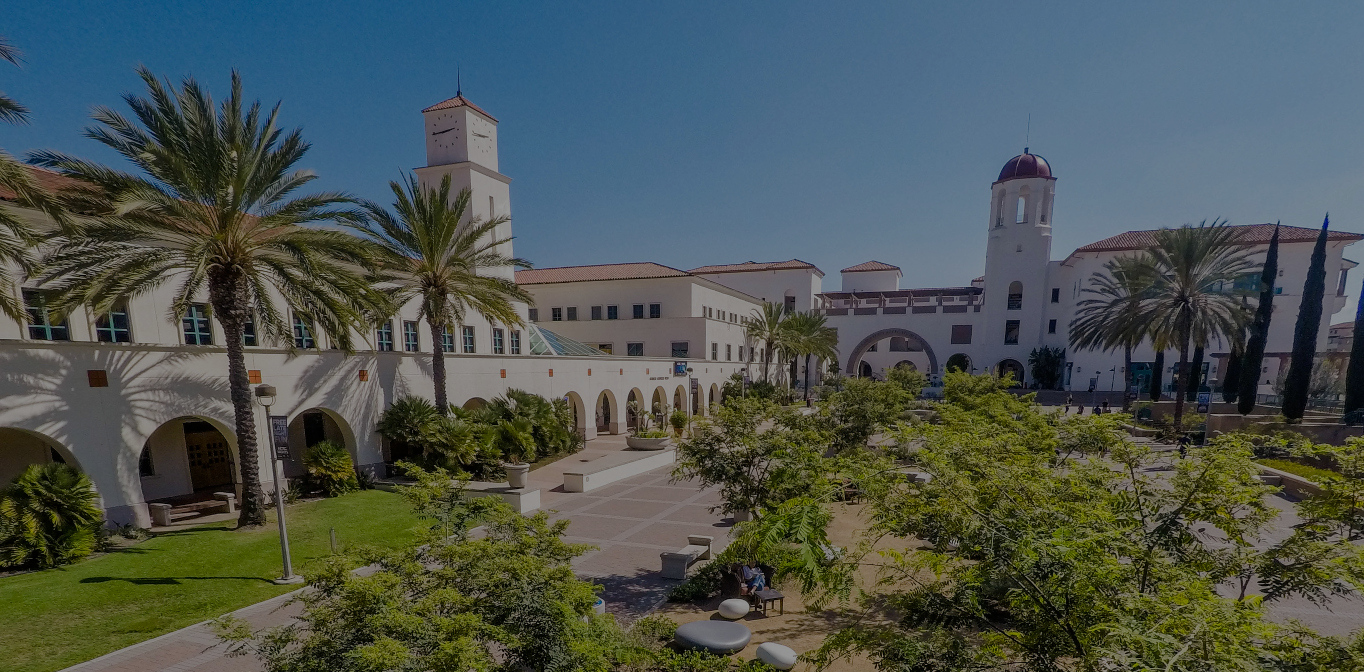Redirects
While Modern Campus CMS uses Dependency Manager to automatically update links when pages move within an account, it may be necessary to configure redirects so users will find the right content when following links from other websites. The process of configuring redirects is the same whether the page originated within Modern Campus CMS or another environment.
In addition to helping users find content that has moved, redirects help search engines find the content. In return, most search engines will transfer most of the page's search ranking to the new location.
While redirects will help prevent users from running into broken links, you should inform the campus' web community that links have changed so they can update the links on their sites to point to the new location.
Redirects for Migrations
In the process of migrating content into Modern Campus CMS or into a new site within the CMS, there may be a number of reasons to configure redirects:
- Pages or sections may have been renamed.
- Content may have been condensed from multiple pages.
- Duplicate content may have been discovered and removed.
- Fil extensions (e.g. .htm or .php) used on the old site won't be used on the new site.
- The old environment required a URL structure that is no longer needed or desired in the new site (e.g. the site may have been part of another subdomain that hosted multiple sites).
A spreadsheet should be created with all of the URLs from the old site in one column. As the new site is built out, the new URLs should be placed in another column (so the old and new URLs for the same content are in the same row in the sheet). This can serve multiple purposes:
- Track the progress of the migration.
- Ensure that pages are not overlooked in the process.
- Reveal patterns in the changes which might be used to generate efficient redirect rules.
- A formula can be added to the spreadsheet to generate a redirect map for the site.
Prepare a list of redirects to be configured on the site's current host/CMS
If the site is currently hosted on one or more domains which will not be assigned to the new site, it is recommended to configure redirects in that environment to send users to the new site.
The administrators of the existing site and/or CMS should be able to provide information about how to configure redirects in that environment. In most cases it will be possible to either configure a single redirect which sends the user to the new site using the same relative URL (e.g. oldsite.sdsu.edu/page.htm redirects to newsite.sdsu.edu/page.htm) or the redirect for each page will have to be configured individually.
Prepare a list of redirects to be configured in Modern Campus CMS
Redirects to be configured in Modern Campus CMS are typically those which would be requested from the domain which will host the new site after it goes live. If the old site did not have its own domain, but the new site does, there may not be many redirects to configure here. On the other hand, if the old site was hosted on multiple domains, all (or many) of which are moving to the CMS, there may be a lot of careful work involved in getting the redirects configured properly for the new site.
When the migration is done, each page should only have one URL which is displayed when viewing the page's content. Any other URL which might be used (or may have been used in the past) to get to that content should redirect the user to that one URL.
If possible, configure and test the redirects in Modern Campus CMS
Many types of redirects can be configured and tested within the CMS before the site goes live. The primary issue which may make it difficult to do so would be a rule which applies only to a specific domain and can not apply to another domain (when a site will be configured to handle multiple domains). In most cases, rules can be provided which have been tested on other sites with the same requirements. If necessary, given enough advance notice, test domains may be configured to help resolve these types of issues.

